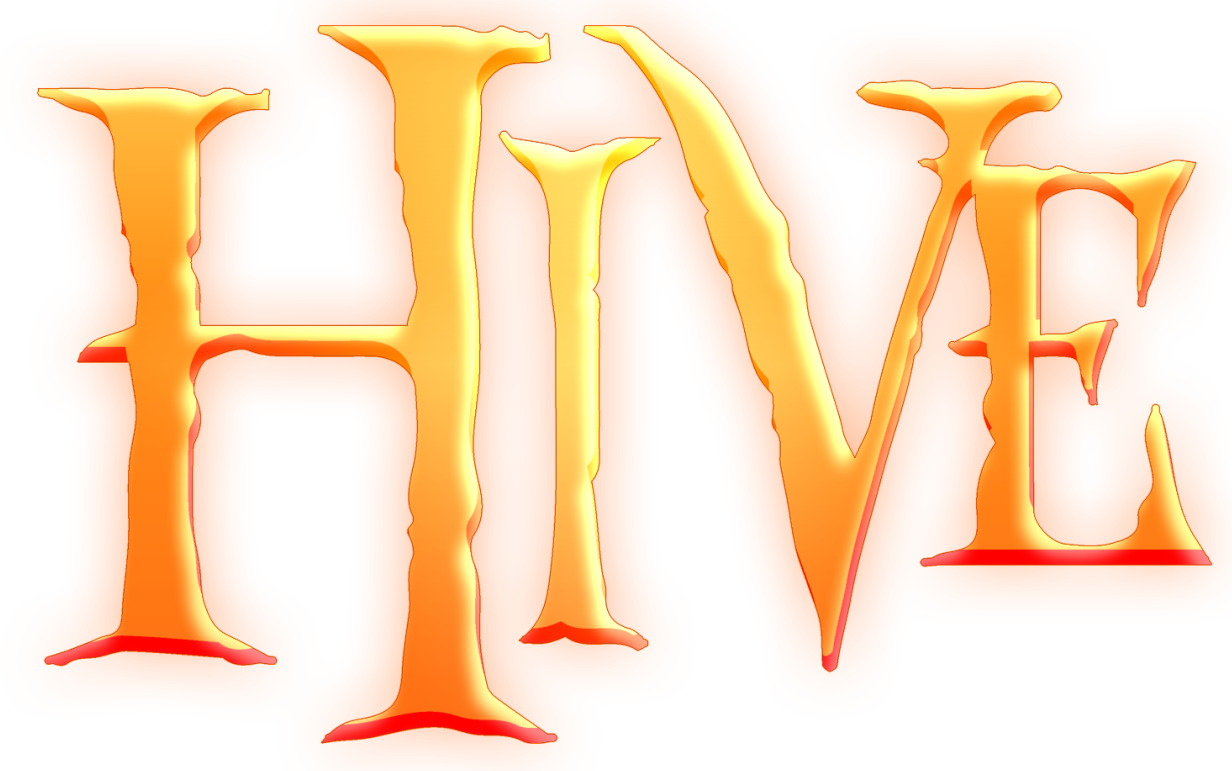- Joined
- Dec 9, 2009
- Messages
- 397
1. Does the point leak in this Trigger?
2. Which are the parent / child keys for a hashtable
3. I have a unit group that will be used again and again, does this (referring to leaks):
Because I can do the trigger with that but don't know about the custom script.
-
 Set TempGroup = (Units within 200.00 of (Position of (Triggering unit)))
Set TempGroup = (Units within 200.00 of (Position of (Triggering unit)))
2. Which are the parent / child keys for a hashtable
-
 Hashtable - Save 5.00 as 1 of 2 in (Last created hashtable)
Hashtable - Save 5.00 as 1 of 2 in (Last created hashtable)
3. I have a unit group that will be used again and again, does this (referring to leaks):
-
 Unit Group - Remove all units from TempGroup
Unit Group - Remove all units from TempGroup
-
 Custom script: call DestroyGroup(udg_TempGroup)
Custom script: call DestroyGroup(udg_TempGroup)
Because I can do the trigger with that but don't know about the custom script.














